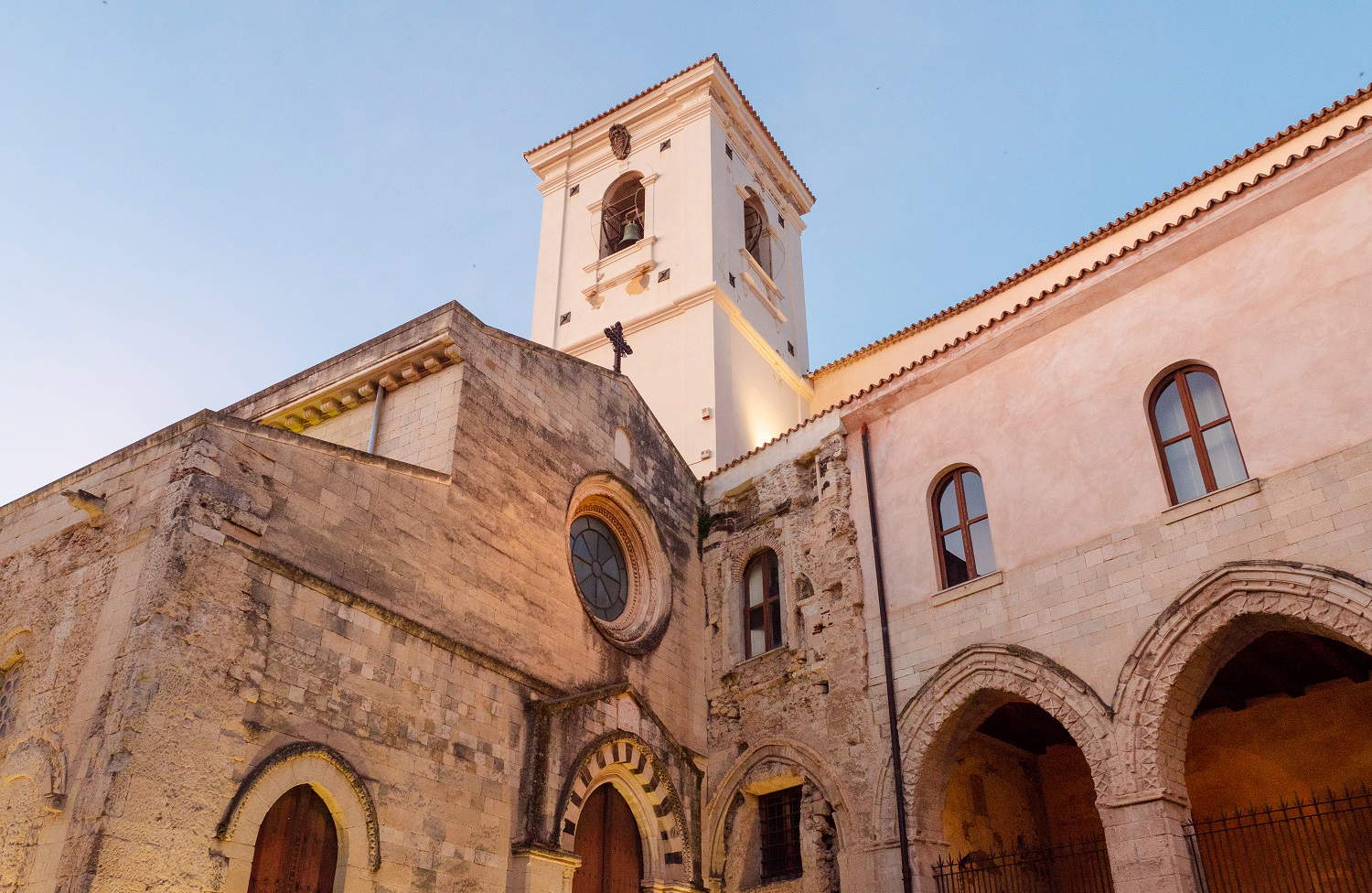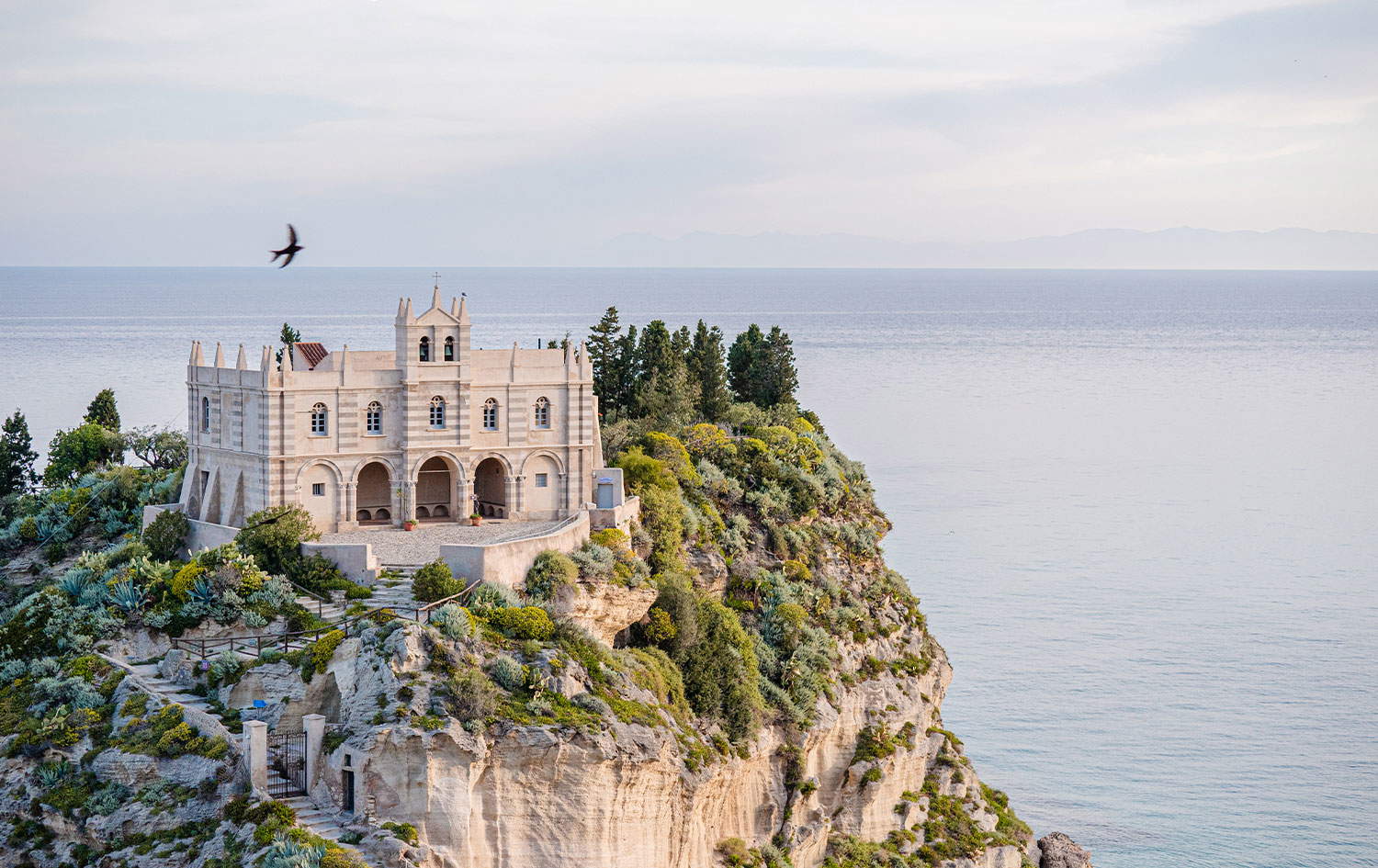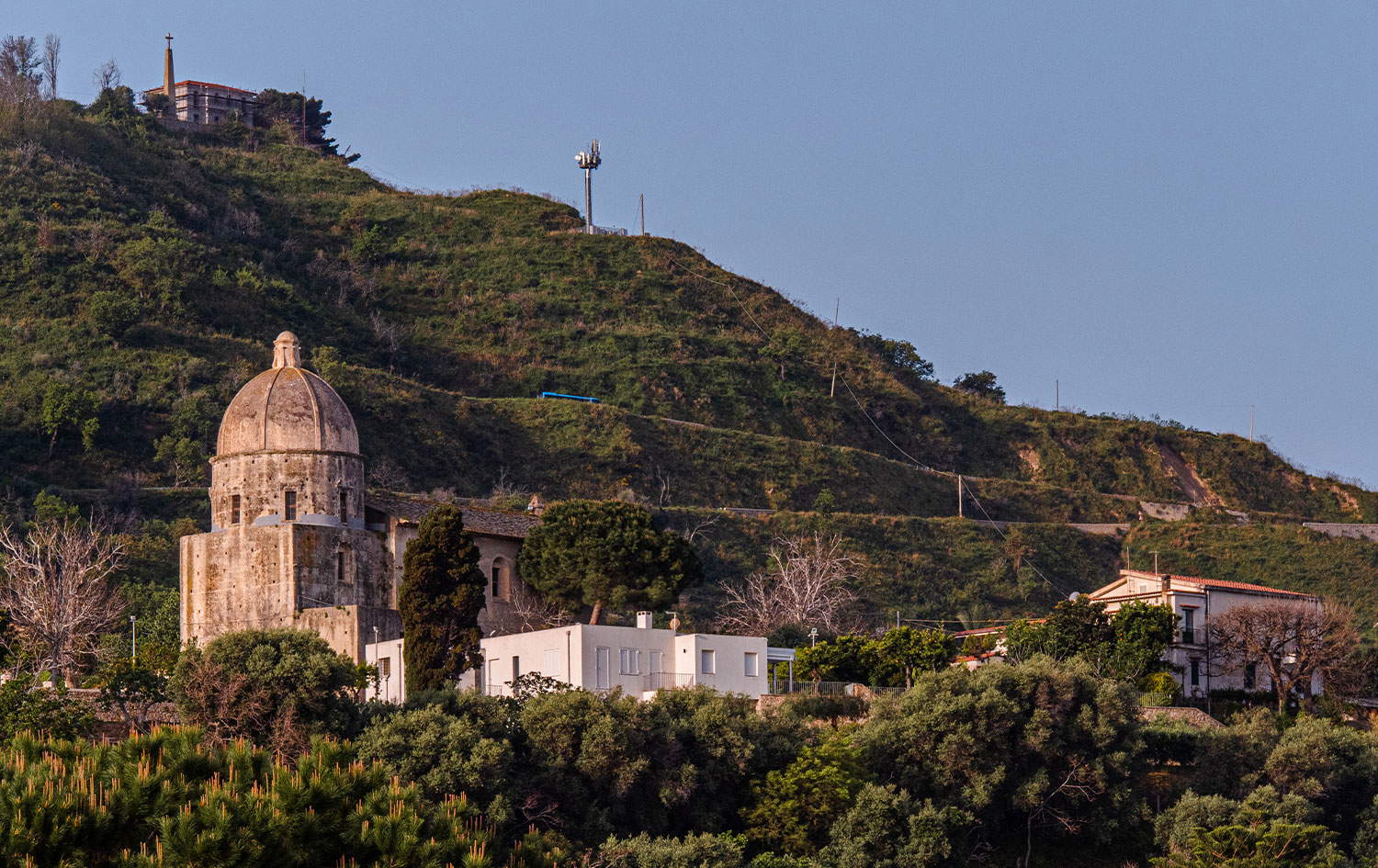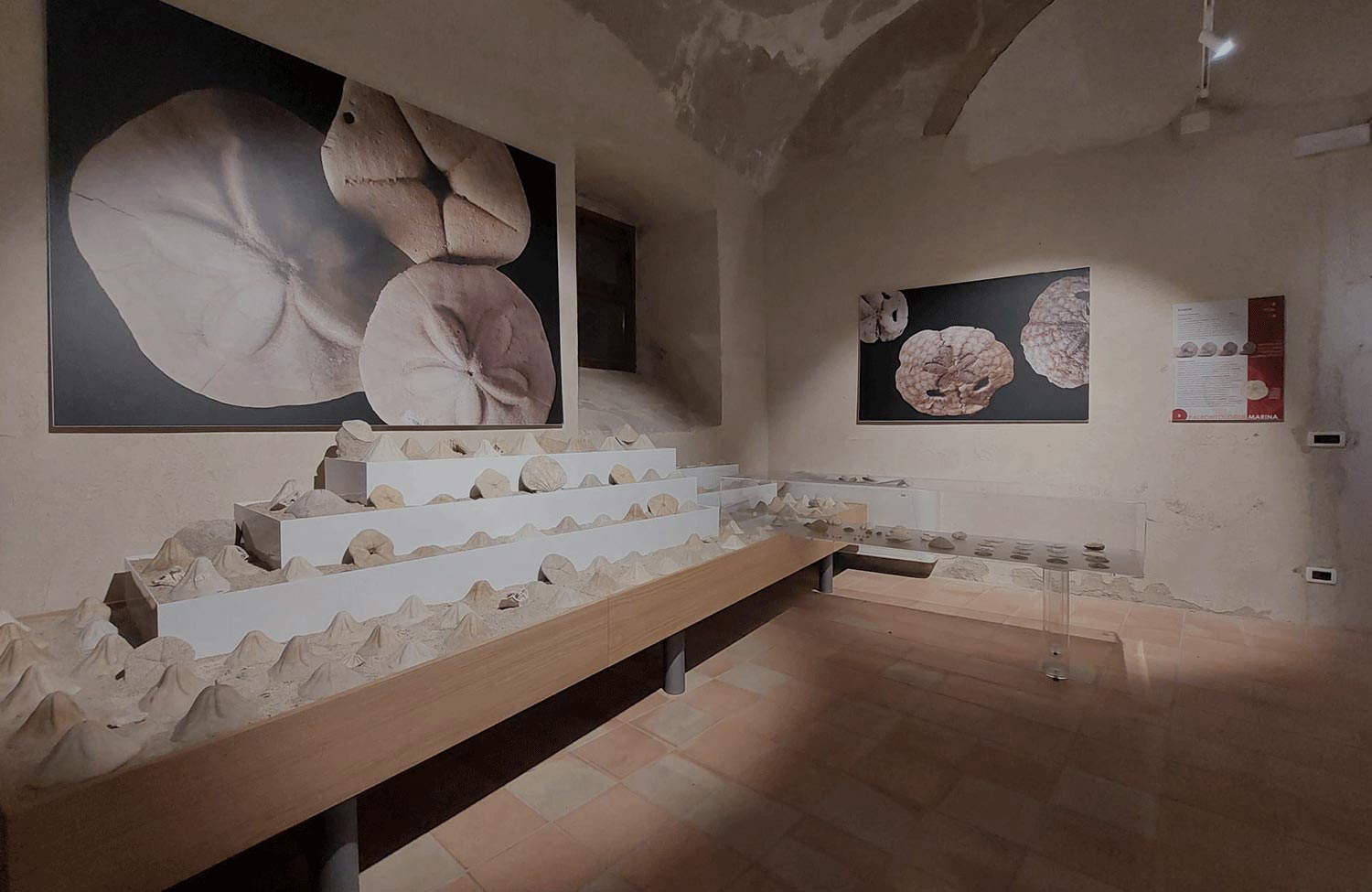Tropea is one of the most popular seaside destinations in Calabria and the Tyrrhenian Sea, because of its fine beaches, crystal-clear sea, landscapes, quality of life, and gastronomic specialties, starting with the renowned red onion of Tropea, widely cultivated in the countryside around the city, and a PGI presidium. Located in the province of Vibo Valentia, the city rises above a cliff overlooking the sea on the western side of the Poro promontory.According to legend, it was founded by Hercules: the settlement, however, appears to have been inhabited since the Magna Graecia era, since tombs from that period have been found around the city. However, the city was founded in Roman times: in fact, it was located in a strategic position, allowing it to control a good stretch of coastline. It was then Byzantine, was conquered by the Arabs, and then again by the Normans: in its splendid historic center are still preserved, often intact, traces of the populations that dominated Tropea. What are the stops that cannot be missed during a visit to Tropea, especially for those who love art and history? Here are the five must-see places for your trip!
Tropea sits on a cliff, sixty meters high, overlooking the Tyrrhenian Sea, and its historic center retains its medieval layout from the Angevin and Aragonese periods. Among the characteristic alleys leading away from the main street, Corso Vittorio Emanuele, opened at the end of the 19th century, one encounters here and there ancient churches and sumptuous aristocratic palaces, often decorated with magnificent Baroque portals, made mostly of granite and tuff (i.e., local materials): among these should be mentioned the “Sedile di Portercole,” i.e., the palace, built in 1703, that housed the sessions of the parliament of the nobles of Tropea, and then Palazzo Toraldo, Palazzo Braghò, Palazzo Collareto-Galli, Palazzo Tocco, Palazzo Pelliccia Bongiovanni, Palazzo Caputo. And then, elegant cafes, and panoramic terraces overlooking the sea giving unforgettable views, such as the one enjoyed from the Villetta del Cannone, with the view going from the Isola rock to the promontory of Petri i Mulinu.

The Cathedral of Tropea was founded in 1163 in Norman times and is dedicated to Our Lady of Romania, the patron saint of Tropea since 1638 (the high altar houses an icon of Our Lady of Romania dating back to the 14th century). The Romanesque-style building has a three-nave interior that houses, among the most interesting works of art, the tomb of the philosopher Pasquale Galluppi, the Black Crucifix with the tomb of Blessed Francesco Mottola, the mausoleum of the Gazzetta family, the 18th-century Chapel of the Blessed Sacrament with canvases from the school of local painter Giuseppe Gaetano Grimaldi, and the marble tabernacle with the Madonna of Liberty. Also on the premises of the nearby Bishop’s Palace is the Diocesan Museum (opened to the public in 2004), which houses a collection of sacred art ranging from the Middle Ages to the 19th century, with works mostly from the 17th and 18th centuries. There are, in particular, Baroque reliquary busts, silverware from the Cathedral Treasury, among which stands out the silver statue of Santa Domenica, co-patron saint of Tropea, made in 1738 by Neapolitan silversmith Francesco Avellino. There is also an archaeological section: among the main finds are epigraphs and grave goods from the late antique necropolis of the 4th-5th centuries A.D. found under Piazza Duomo (and consisting of rock-cut pits with barrel-shaped roofs called “a cupa,” of which there are no other records in Calabria) unearthed under Piazza Duomo.

It is undoubtedly one of the most scenic places not only in Tropea, but in all of Calabria. It is a sanctuary built on the summit of a cliff (called the Isola Bella cliff, or simply Santa Maria dell’Isola) that was probably, in ancient times, inhabited by hermits from the East who had settled in these parts since the 4th century AD. However, the monastery was founded around the 11th century, and was run by Benedictine monks through whom Latin-rite worship, instead of Greek-rite worship, spread in the area. The present sanctuary dates from the 19th century: the various earthquakes that struck Calabria, particularly the one in 1783, destroyed the ancient building. The sanctuary can be reached via a staircase built in the early 19th century: the interior houses a small museum displaying artifacts that testify to the very ancient history of the building.

It is notable for its dome that reveals clear Arab-Byzantine influences, the structure of which dates back to the earliest phase of the construction of this building, founded in the 12th century (the current dome, however, is 15th-century, while the nave shows a sober 18th-century appearance). The church, located in the Carmine district, is dedicated to Santa Maria della Neve, although it is known as “Santa Maria Michelizia” because, according to tradition, it was founded by a Sicilian merchant named Michele Milizia, who made a vow to the Madonna della Neve during a storm, promising to build a church in her honor if he survived. It has been extensively remodeled over the centuries, however, and today it is no longer open for worship; in fact, it is used as a venue for concerts and cultural events.

MuMaT - Civic Museum of the Sea is a very recent institution, since it opened in 2019. It is housed in the old Santa Chiara Convent, dating back to 1261 but extensively remodeled in the following centuries (it was also a Hospital and, since 1988, the seat of the Tropea Town Hall, until the latter moved to Palazzo Sant’Anna). The idea of opening a museum of the sea in Tropea took shape in 2011 when the City Council decided to convert the spaces of the convent into a museum venue. The exhibition tells the story of the territory and marine heritage of Tropea through the enhancement of the paleontological and biological heritage of the Tyrrhenian Sea of central Calabria and the Poro promontory, areas that know a paleontological variety that is unparalleled in the entire region. In the museum, which occupies three rooms on the ground floor of the convent, the public can observe 184 artifacts, mostly fossils, but also a collection of shark teeth, invertebrates, the malacological collection (i.e., of shells), a paleontological section that houses, among other things, a skeleton of metaxytherium serresii (a prehistoric sirenid now extinct: the Tropea skeleton is believed to be the most complete in the world), and one of Heterocetus guiscardii, a whale specimen that lived 7 million years, again among the most complete in existence.

 |
| Tropea, what to see: the 5 places not to miss |
Warning: the translation into English of the original Italian article was created using automatic tools. We undertake to review all articles, but we do not guarantee the total absence of inaccuracies in the translation due to the program. You can find the original by clicking on the ITA button. If you find any mistake,please contact us.